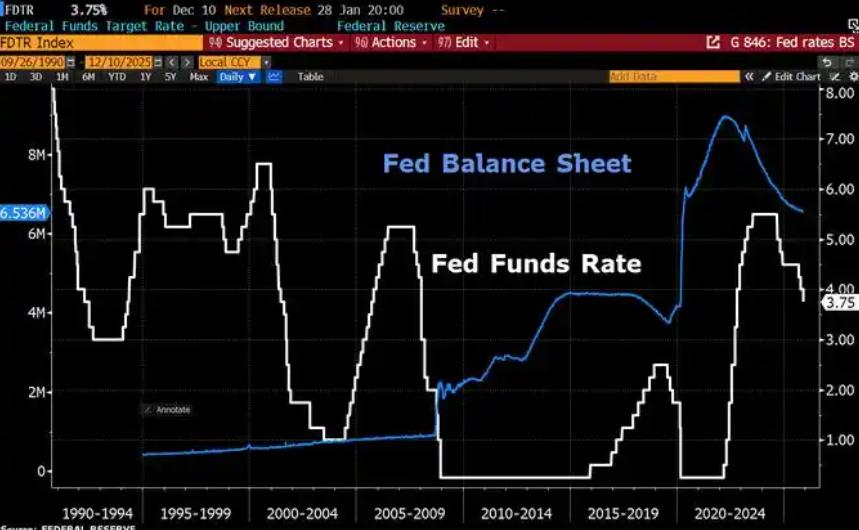
Mexico issued new tariff regulations on December 31, 2024. Starting from January 1, 2025, a 19% tariff will be levied on goods from countries that have no international treaties with Mexico and enter Mexico through express delivery companies. Meanwhile, for goods with a value between $50 and $117 that enter Mexico through express delivery companies from the United States and Canada, a 17% tariff is required. This policy has had multiple impacts on cross-border e-commerce.
For cross-border e-commerce enterprises from countries like China that have no international treaties with Mexico, the 19% tariff undoubtedly increases the import cost of goods. Take a commodity with a selling price of $100 as an example. Previously, only the cost of the commodity itself and transportation expenses needed to be paid, but now an additional $19 in tariff has to be paid, which significantly increases the total cost of the commodity. For some commodities with narrow profit margins, it may directly lead to meager profits or even losses. To cope with the cost increase brought about by the tariff hike, cross-border e-commerce enterprises may need to invest more human, material, and financial resources in cost control and optimization. For example, enterprises may need to re-evaluate their supply chains, seek more cost-effective suppliers, or optimize logistics distribution schemes to reduce transportation costs. At the same time, enterprises also need to spend more time and energy handling tariff-related matters, such as customs declaration and clearance, which also increases operating costs.
In market competition, price is often one of the crucial factors influencing consumers' purchasing decisions. The new tariff policy has caused the prices of cross-border e-commerce goods to rise. Compared with Mexican local enterprises and other enterprises enjoying low tariffs or tax exemptions, their price advantages have been significantly weakened. For instance, similar commodities sold by Mexican local e-commerce platforms or offline retailers do not need to bear additional tariff costs, so their prices are relatively low. This makes consumers more inclined to purchase local products or tax-exempt products, resulting in a decline in the market share of cross-border e-commerce enterprises. Moreover, the price increase may lead some consumers to question the quality and cost-effectiveness of the commodities, further damaging the enterprise's brand reputation. In the case of a damaged brand image, enterprises will not only lose existing customers but also find it difficult to attract new ones, thus affecting their long-term development in the Mexican market.
To mitigate the impact of tariff costs, cross-border e-commerce enterprises may adjust their supply chains. On the one hand, enterprises may look for suppliers from countries or regions that have free trade agreements with Mexico and set up production bases or procurement centers in these areas. They can then transport the goods to these regions first and then transship them to Mexico to enjoy lower tariff treatment. On the other hand, enterprises may strengthen cooperation with Mexican local enterprises through joint ventures, cooperative production, etc., to produce and sell goods locally in Mexico to avoid high import tariffs. Under the new tariff policy, cross-border e-commerce enterprises may re-evaluate their logistics distribution schemes and choose more appropriate logistics methods and delivery routes. For example, enterprises may increase their investment in local warehouses in Mexico, store goods in local warehouses in advance to achieve rapid delivery, and improve customer satisfaction. At the same time, enterprises may also negotiate with logistics suppliers to obtain more favorable logistics prices and services to reduce logistics costs.
The implementation of the new tariff policy will lead to a redistribution of the market share of cross-border e-commerce. Some small cross-border e-commerce enterprises that cannot bear the increased tariff costs may be forced to withdraw from the Mexican market, while large cross-border e-commerce enterprises may continue to compete in the market by optimizing their operating models and reducing costs. In addition, Mexican local e-commerce enterprises and e-commerce enterprises from countries that have free trade agreements with Mexico will gain more market opportunities, and their market share may increase. To reduce their dependence on the Mexican market, cross-border e-commerce enterprises may turn their attention to other emerging markets. Some countries or regions similar to Mexico in terms of geography, culture, and economy, such as Brazil, Argentina, and other Latin American countries, as well as emerging markets in Southeast Asia and Africa, may become new targets for cross-border e-commerce enterprises. These emerging markets have great development potential and market space and can provide new growth opportunities for cross-border e-commerce enterprises.
Mexico's latest tariff policy has brought numerous challenges to cross-border e-commerce, but it has also provided opportunities for optimization, upgrading, and market expansion. Cross-border e-commerce enterprises should respond actively and achieve sustainable development in the new trade environment through reasonable strategic adjustments and innovative development.

Since 2022, the Fed has cumulatively reduced its balance sheet by $2.4 trillion through quantitative tightening (QT) policies, leading to a near depletion of liquidity in the financial system.
Since 2022, the Fed has cumulatively reduced its balance sh…
On December 11 local time, the White House once again spoke…
Fiji recently launched its first green finance classificati…
Recently, the European Commission fined Musk's X platform (…
At the end of 2025, the situation in the Caribbean suddenly…
The U.S. AI industry in 2025 is witnessing a feverish feast…